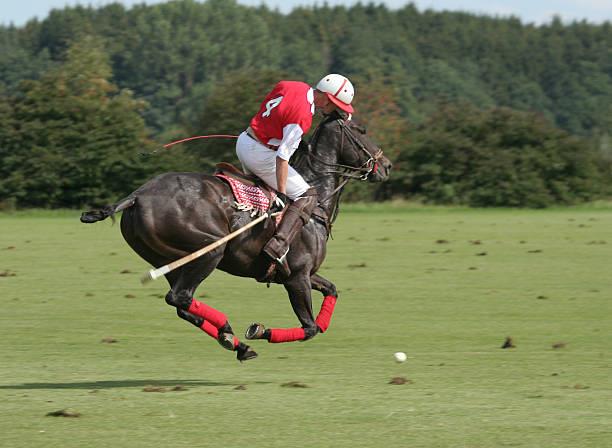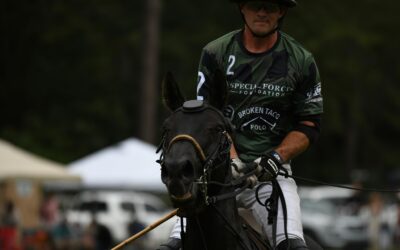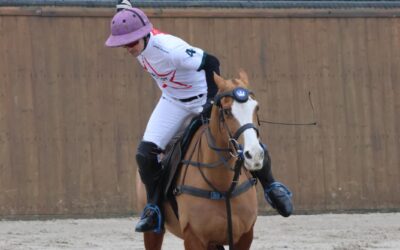In polo, the whip can be a valuable aid when used with clarity and purpose. However, striking a horse two or three times in quick succession without allowing time for a response is, from the perspective of conscious riding and biomechanics, usually a mistake—and often counterproductive.
When the whip is applied repeatedly without pause, the horse may become desensitized to the stimulus. Effective learning requires a clear sequence: apply the aid, wait for the reaction, and then reward or adjust based on the horse’s response. Without that pause, the horse cannot associate the whip with the desired action.
Unfortunately, many players resort to rapid, consecutive use of the whip out of anxiety, impatience, or an inability to read the horse’s body language. Rather than inviting a response, they attempt to force one. In these cases, the whip ceases to function as an aid or reinforcement and instead becomes a form of punishment—creating fear, tension, or even mental disconnection in the horse.
It is important to remember that a horse generally needs one or two seconds to process a stimulus and react. Without that time, the animal is simply being overloaded.
Correct vs. Incorrect Application
Imagine you are about to accelerate toward a loose ball. You apply your legs, but the horse does not respond with the desired energy, so you decide to use the whip.
Correct use:
- Strong, clear leg aid.
- The horse hesitates.
- One strike of the whip.
- You wait a moment for the horse to process and react.
If the horse responds, you release the aid and flow with the acceleration. If not, you may then apply a second strike with a clear, deliberate intention.
Result: The horse learns that a firm aid leads to release and freedom. Over time, this builds willingness and responsiveness.
Incorrect use:
- Weak or poorly timed leg aid.
- The horse hesitates.
- Three rapid strikes of the whip without pause.
- The horse accelerates as a defensive reflex, but with tension or disconnection from the rider.
Over time, this erodes responsiveness. The horse may ignore leg aids, become nervous and anticipatory, or grow desensitized to the whip.
Result: A less cooperative, stiffer, or more anxious horse, whose reaction quality diminishes.
The Key Principle
In polo, the horse’s response to the whip must be muscular and mental—not emotional. The whip should serve as a form of body language, not as punishment. When used clearly and sparingly, it communicates intent and supports partnership. A well-trained polo horse responds almost to the rider’s thought if the body language is consistent and understandable.
The key is to apply once, with clarity, and wait. Only then can the whip serve as a true aid in the dialogue between horse and rider.
By Eduardo A. Amaya








